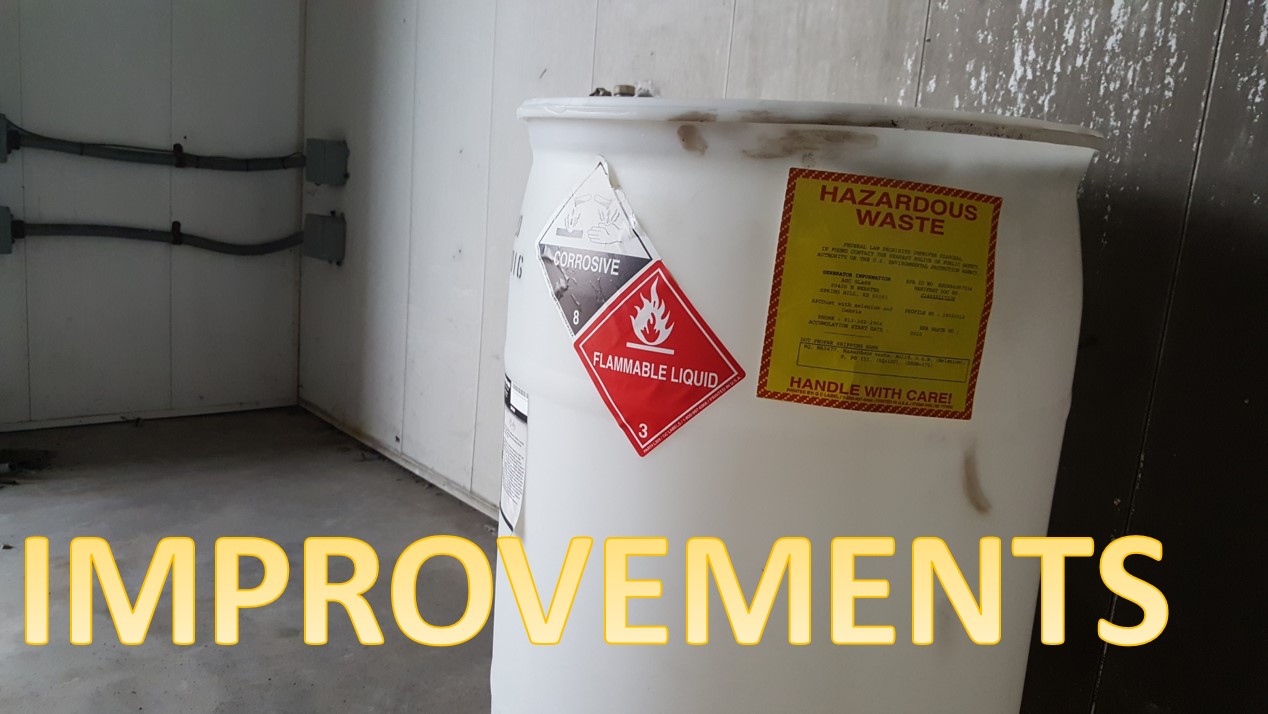The contingency plan is just one very important part of the many responsibilities of the large quantity generator of hazardous waste (LQG) subject to the regulations of 40 CFR 262, Subpart M for Preparedness, Prevention, and Emergency Procedures.
Not sure of your hazardous waste generator category? |
The regulations in §262.263 define five situations where a LQG must review and, if necessary, update its contingency plan:
- When applicable regulations are revised and require a change. Significant changes were made to these regulations by the Generator Improvements Rule.
- When a plan fails in an emergency.
- When a generator facility changes (i.e., design, construction, operation, maintenance, or other circumstances) in a way that materially increases the potential for fires, explosions, or releases of hazardous waste or constituents, or changes the necessary response in an emergency.
- When the list of emergency coordinators changes.
- When the list of emergency equipment changes.
Daniels Training Services, Inc. 815.821.1550 |

